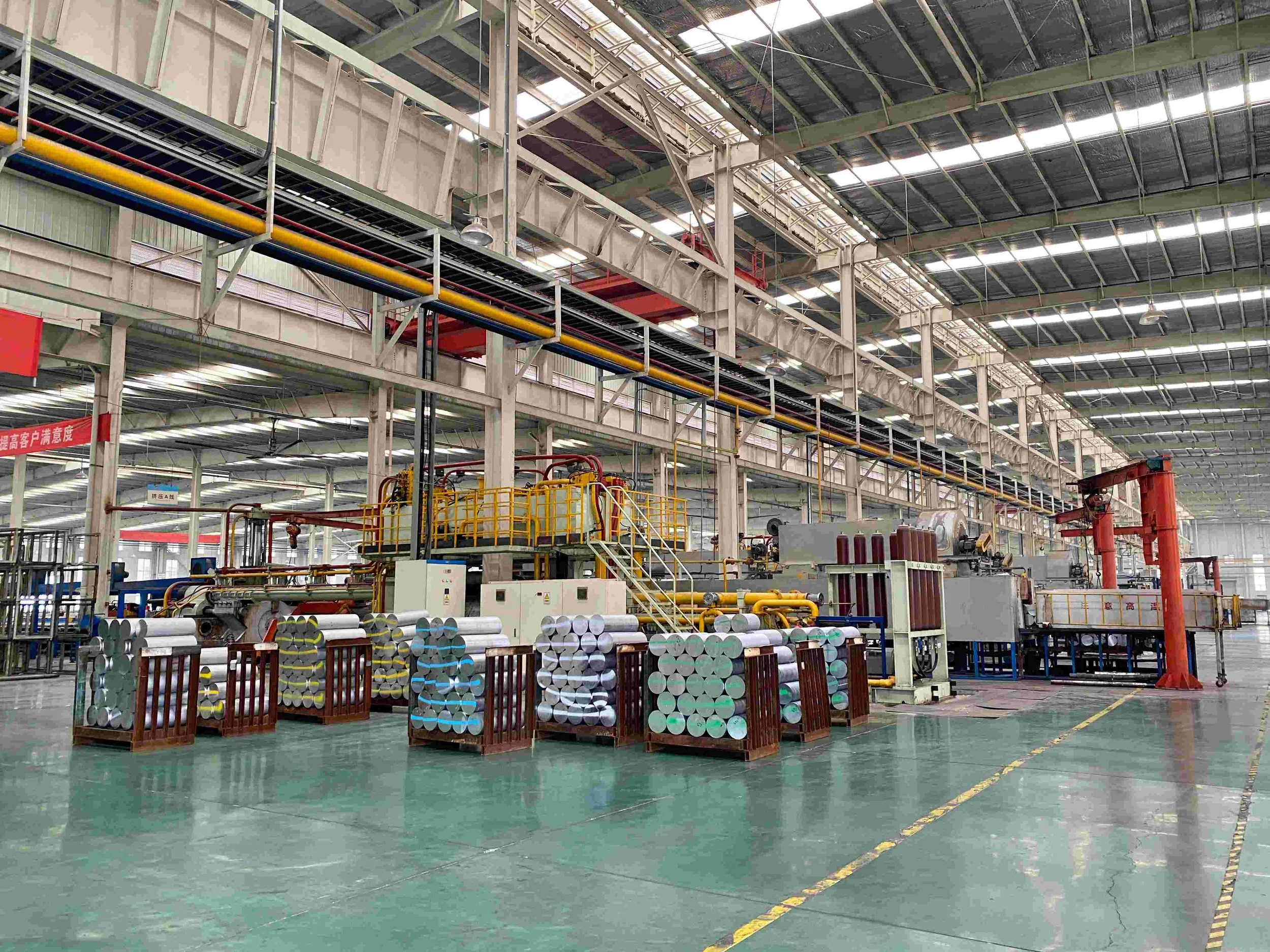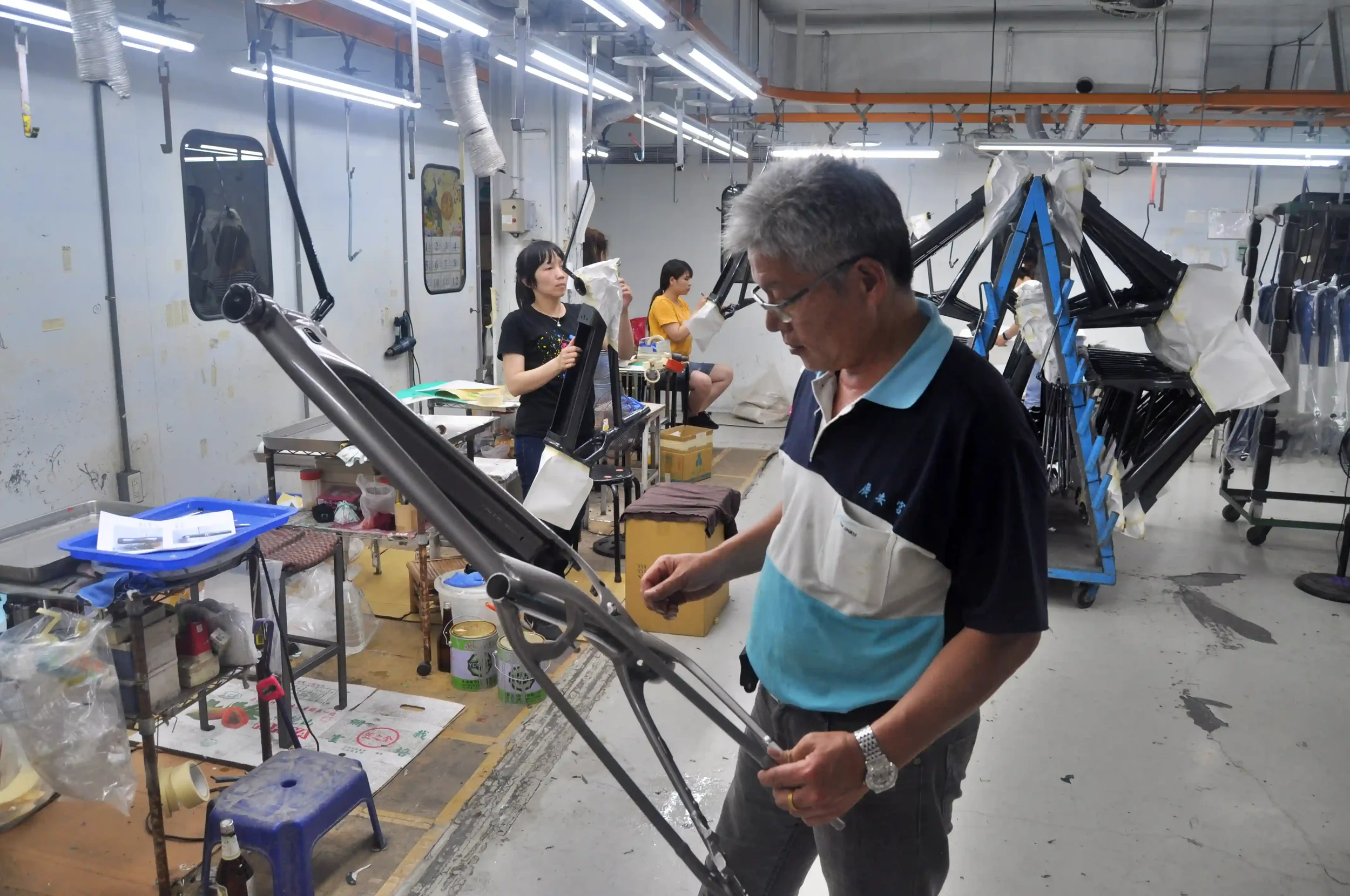How the U.S. Reciprocal Tariffs will Damage Global Bicycle, E-bike, and Motorcycle Supply Chain
UPDATE ON May 12, 2025:
The U.S. tariff rate for China-origin product will be reduced to 30 percent for a period of 90 days, until August 10, 2025.
What this means is that the 30 percent tariff against China will be added to pre-existing duties and tariffs since March 4, 2025 (Bicycles at 50.5 percent and 56 percent, Bicycle Components between 50-56 percent, and E-bikes at 45 percent). This will set the percentages for Bicycles to 80.5-86 percent, Bicycle Components between 80-86 percent, and E-bikes at 75 percent.
UPDATE ON APRIL 11, 2025:
The U.S. tariff rate for China-origin product has been updated to 145 percent.
What this means is that the 145 percent tariff against China will be added to pre-existing duties and tariffs since March 4, 2025 (Bicycles at 50.5 percent and 56 percent, Bicycle Components between 50-56 percent, and E-bikes at 45 percent). This will increase the percentages for Bicycles to 195.5 percent and 201 percent, Bicycle Components between 195-201 percent, and E-bikes at 190 percent.
UPDATE ON APRIL 10, 2025:
The latest update from the U.S. indicates that all countries will have a 10 percent tariff for a period of 90 days, except for China. The tariff rate for China-origin product has been updated to 125 percent.
What this means is that the current 125 percent tariffs against China will be added to pre-existing duties and tariffs since March 4, 2025 (Bicycles at 50.5 percent and 56 percent, Bicycle Components between 50-56 percent, and E-bikes at 45 percent). This will increase the percentages for Bicycles to 175.5 percent and 181 percent, Bicycle Components between 175-215 percent, and E-bikes at 170 percent.
Given the extreme volatility of U.S. tariff policy in the last few weeks, we recommend to pause and wait for a more defined policy moving forward.
On April 2, 2025 the United States implemented reciprocal tariffs on almost every country in the world. As expected, the tariff rates on countries that produce bicycles and e-bikes are particularly high and will drastically affect imports to the United States. The damage to the domestic U.S. bike market will be devastating to say the least. Yet, the most concerning aspect of the litany of tariffs instigated by the U.S. is that the damage to global economies will inevitably affect overall demand for bikes throughout the world.
What U.S. importers should expect from the new reciprocal tariffs.
According to official sources as well as an article by Steve Frothingham from Bicycle Retailer, the U.S. reciprocal tariff rates announced on April 2, 2025 on some of the main bike and motorcycle industry manufacturing countries are as follows:
China: 34%
Taiwan: 32%
Vietnam: 46%
Cambodia: 46%
European Union: 20%
Indonesia: 32%
Bangladesh: 37%
Thailand: 36%
Philippines: 17%
India: 26%
Sri Lanka: 44%
Japan: 24%
South Korea: 25%
Malaysia: 24%
United Kingdom: 10%
Turkey: 10%
Brazil: 10%
While most economic analysts believe it will take time to determine how these new reciprocal tariffs will be implemented, it is implied that the new reciprocal tariffs will be added on top of pre-existing duties and tariffs.
For example, the 34 percent reciprocal tariff imposed on China will potentially be added to pre-existing duties and tariffs since March 4, 2025 (Bicycles at 50.5 percent and 56 percent, Bicycle Components between 50-56 percent, and E-bikes at 45 percent). The reciprocal tariff will increase the percentages for Bicycles to 84.5 percent and 90 percent, Bicycle Components between 84-90 percent, and E-bikes at 79 percent.
Global economic impact to bicycle, e-bike, and motorcycle supply chain.
The global tariff war instigated by the United States will effectively damage the current bicycle, e-bike, and motorcycle supply chain. With the major sales markets for bicycle and e-bike still dealing with inventory and demand post-Covid, such underlying issues will continue to hinder improvements in the years to come. Main market economies are facing the real threat of recession, inflation, and decreased demand for all products. For instance, when the U.S. announced 25 percent tariffs on import automobile vehicles, the European and Japanese markets that are highly reliant upon this key industry saw immediate financial impact to revenue and outlook.
For Asia-based supply chain manufacturers of bicycles, e-bikes, and motorcycles, the impact of U.S. tariffs has already become an existential threat. While some countries like Taiwan, Cambodia, Vietnam, Indonesia – do not rely on a high percentage of exports to the United States, and can certainly continue doing business with friendlier markets such as the European Union, the damage to global economies across various industries will adversely affect overall demand for all goods and services – including bikes and bike components.
This effect is immediately obvious when observing the current state of bike manufacturing in Vietnam. For years, industry OEM manufacturers for complete bikes and components have been rushing to obtain Vietnam government permission to build factories in several key manufacturing hubs near the city of Ho Chi Minh. Some factories were built quickly and started production, while some had only slowly started the planning stages of construction. Today there are about 35 or more assembly and frame production factories at various stages of readiness, while another 80 or more component factories are also expected. These manufacturers are mainly from Taiwan and China, seeking to establish or move their manufacturing bases from their home countries in anticipation of the duty-free status that will one day be awarded by EU to Vietnam for bicycles, e-bikes, and motorcycles. During the recent Taipei Cycle show however, it was evident that manufacturers are opting to slow down their planning and construction of factories in Vietnam due to the current economic climate. Even if they do not expect to produce for the U.S. market from Vietnam, the overall demand from the EU is expected to be very weak for years to come.
A potential positive outlook.
While the current situation is unfavorable in every aspect imaginable, there is the possibility of a positive outlook.
1) The slowdown of imports and forced market correction could potentially eliminate a large number of competition, especially in the U.S. market, where a slew of cheap brands originating from China have taken over direct to consumer sales in recent years despite offering in many cases subpar product. The repeal of the de minimis exemption can further correct market pricing in a postive light.
2) Whether all the new tariffs implemented by the current U.S. administration will be unchanged is questionable. Tariff policy has been in constant fluctuation and there is a possibility that current tariff policies can be overturned by the U.S. legislature with bipartisan support or until the next congressional elections in 2026 can produce enough of a majority in favor of repealing the tariffs.
3) The reconfiguring of supply chain during this downturn will be crucial for planning future manufacturing, logistics, and financing. Brand management in charge of product, sourcing, procurement, and finance can take the opportunity to review internal processes and optimize them for future implementation. The brands from each country that rely upon Asian supply chain for complete bikes or components will need to reassess the best location and manufacturers to produce their products.
STAY IN TOUCH. SEND US A MESSAGE.










